Bamboo Yield per Hectare: What to Expect in Profits
Bamboo distinguishes itself as one of the fastest-growing plants in the world, offering significant economic potential for agricultural ventures. On average, a well-managed bamboo plantation can yield impressive returns. In this article, we'll delve into the economic prospects of cultivating bamboo, focusing on the yield per hectare and its associated profits.
Bamboo can yield about 20–40 tons per hectare annually, with profits varying widely based on species, location, and market demand. High-value bamboo products can significantly increase profitability, making bamboo cultivation a lucrative option for farmers, especially in Asia, where it's a key resource.
The actual profits from bamboo farming can vary widely, depending on factors like species selection, market demand, and cultivation practices. Let's take a closer look at how you can make a hectare of bamboo a goldmine!
Summary
- Beema bamboo stands out for its high productivity, offering between 35 and 50 tons per hectare, making it an attractive option for those prioritizing yield.
- Black bamboo, with a yield of about 10 tons per hectare, is sought after for its ornamental value and edible shoots, despite its lower biomass output.
- Moso bamboo, a globally popular species, demonstrates the economic rewards of bamboo cultivation with annual yields of 20 to 30 tons per hectare leading to potential net profits of $3,000 to $10,000 and attractive profit margins of 30% to 50%, influenced by operational costs such as planting, maintenance, harvest, and transportation.
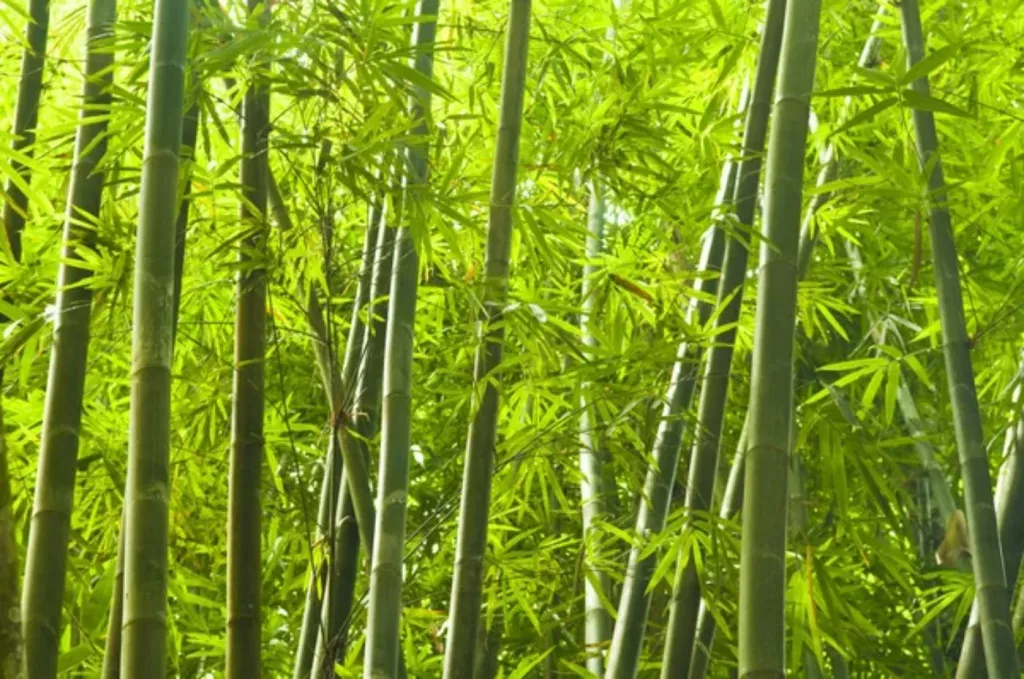
On this page:
Yield per Hectare for Different Bamboo Varieties
Different varieties of bamboo have distinct growth patterns, biomass production, and maturity times, which significantly influence yield.
| Bamboo Variety | Estimated Yield (tons/ha) |
|---|---|
| Beema | 35 - 50 |
| Guadua | 40 |
| Black | 10 |
Beema bamboo yield per hectare
Beema bamboo is a hybrid known for its quick growth and high yield. During its initial years, you can expect up to 35 tons per hectare.
As it matures, yields can soar to 40-50 tons. This robust variety makes it a popular choice for farmers looking to maximize output.
Guadua bamboo yield per hectare
Guadua is another high-yielding species that can produce about 40 tons per hectare. This species is often utilized for its impressive timber quality and is highly valued in construction.
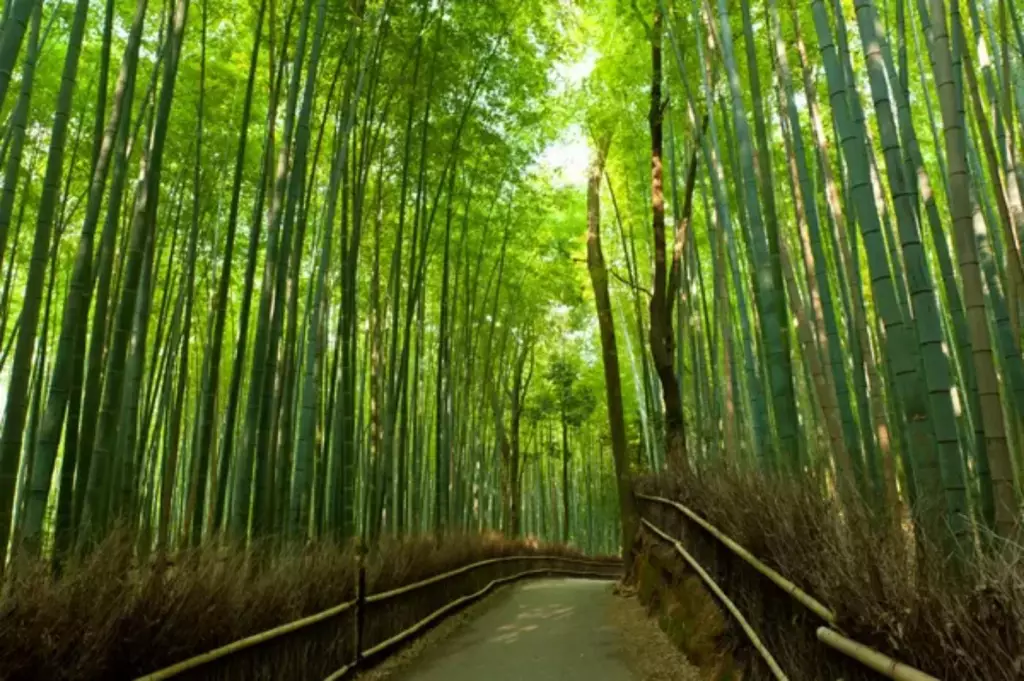
Black bamboo yield per hectare
On the lower end, Black Bamboo averages about 10 tons per hectare. Though it has a lesser yield, this species is sought after for ornamental purposes as well as for its edible shoots.
Moso bamboo yield per hectare
When you’re considering growing Moso bamboo (Phyllostachys edulis), its yield per hectare is a vital factor affecting your profits. Recognized for both its rapid growth and economic value, this species is among the most cultivated bamboo globally.
On average, you can expect your Moso bamboo plantation to offer a yield of around 20 to 30 tonnes per hectare annually, once the plantation has reached maturity, typically around five years of growth. Factors like climate, soil quality, and cultivation practices will directly influence your yield.
| Age of Plantation (Years) | Estimated Yield (Tonnes/Ha) |
|---|---|
| 1-2 | 5 - 10 |
| 3-4 | 15 - 20 |
| 5+ | 20 - 30 |
Considering the market conditions and operational costs, your Moso bamboo farm’s net profit might range between $3,000 to $10,000 per hectare annually.
Profit margins in bamboo cultivation can be quite attractive, potentially averaging between 30% to 50%, depending on your direct costs, which include planting, maintenance, harvest, and transportation.
Bamboo Biomass Yield per Hectare
Bamboo, known for its fast growth and high biomass yield, is increasingly recognized as a valuable resource for sustainable biomass production.
Its characteristics make it a promising candidate for various applications, including bioenergy, construction materials, and as a substitute for wood.
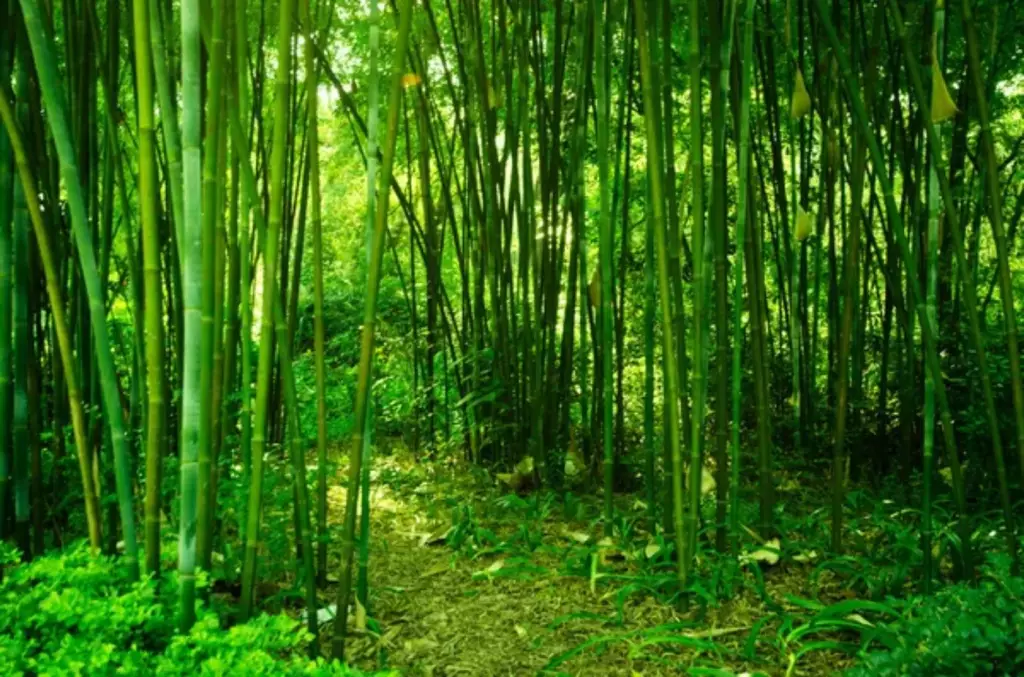
The biomass yield of bamboo varies significantly depending on species, climatic conditions, soil type, plantation density, and management practices.
On average, bamboo forests can produce between 20 to 40 tonnes of biomass per hectare annually, with some species under optimal conditions yielding even more.
For instance, the Phyllostachys species of bamboo has been reported to produce up to 60 tonnes of dry biomass per hectare per year in ideal conditions.
Expected Profit per Hectare of Bamboo
When you're considering bamboo production, the profit varies significantly depending on factors such as the cost of the establishment (first cost), operational cost, and the full bamboo production value chain.
| Category | Estimated Cost/Profit ($ per hectare) |
|---|---|
| Initial cost | 915.36 |
| Operational Cost | 238.07 |
| Estimated net profit | 717.06 |
Initial investment per hectare
Your initial investment, or first cost, is significant as it sets the stage for the profitability of your bamboo farm. You'll often find that the first cost of setting up, which includes nursery plants, fencing, and land preparation, averages around $915.36 per hectare.
Running costs to maintain a hectare
Your ongoing operational costs revolve around maintenance, including transportation, fertilization, and harvesting. Expect these to total approximately $238.07 per hectare annually.
Revenue streams from bamboo production
Bamboo espouses versatility as a raw material, allowing for diverse revenue streams from handicrafts to animal fodder. Your revenue further depends on your ability to reach the right buyer and manage marketing effectively.
Estimated net profit for a hectare of bamboo
Taking into account the selling price minus all costs, your net profit margin could be attractive. On average, reports suggest a net gain of $717.06 per hectare each year.
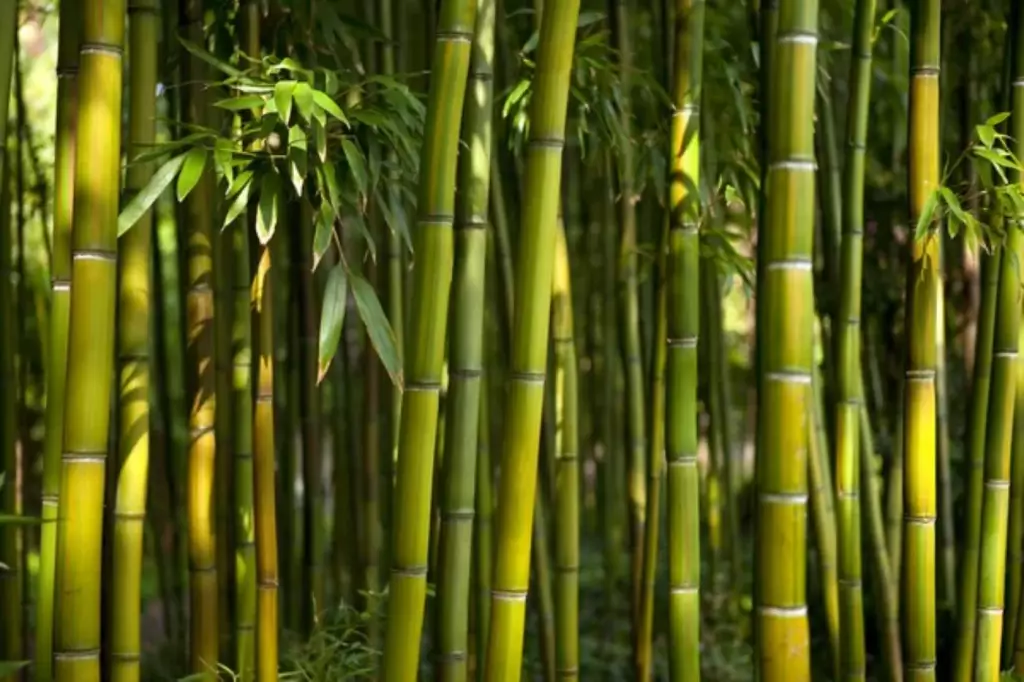
A more detailed discussion of the profitability of bamboo farming can be found in this article.
Factors Affecting Bamboo Harvest per Hectare
Below is a quick overview of the key elements that influence bamboo harvest per hectare. A more detailed discussion of the factors that affect bamboo yield can be found in this article.
Environmental conditions play a critical role in bamboo growth
Bamboo thrives in regions like China and Latin America, where the climate supports its development. Conversely, areas with less optimal conditions may see lower yields.
The quality of the soil affects bamboo's health and yield
Degraded land may produce less until improvements are made, and afforestation on such lands can gradually increase yields. Using manure and mulch can enhance soil quality and, in turn, the yield per hectare.
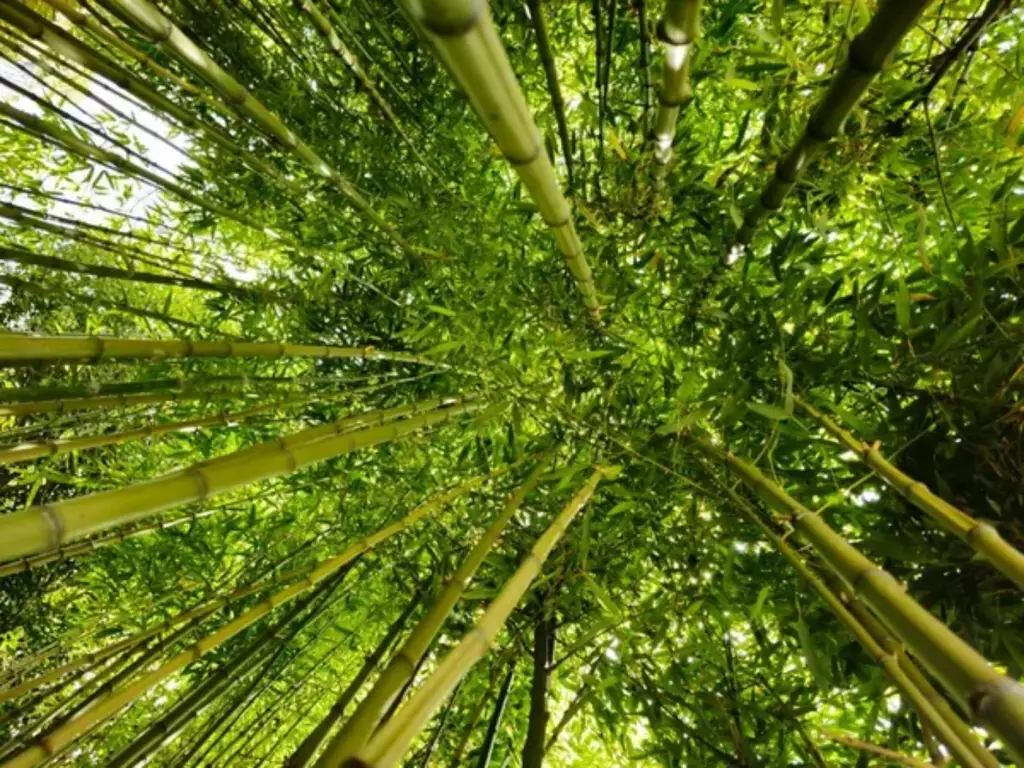
How you cultivate your bamboo trees affects yields
Effective land preparation, selecting the right bamboo species, and using proper seedlings or cuttings are essential. Your bamboo plantation's success is partly contingent on these practices.

